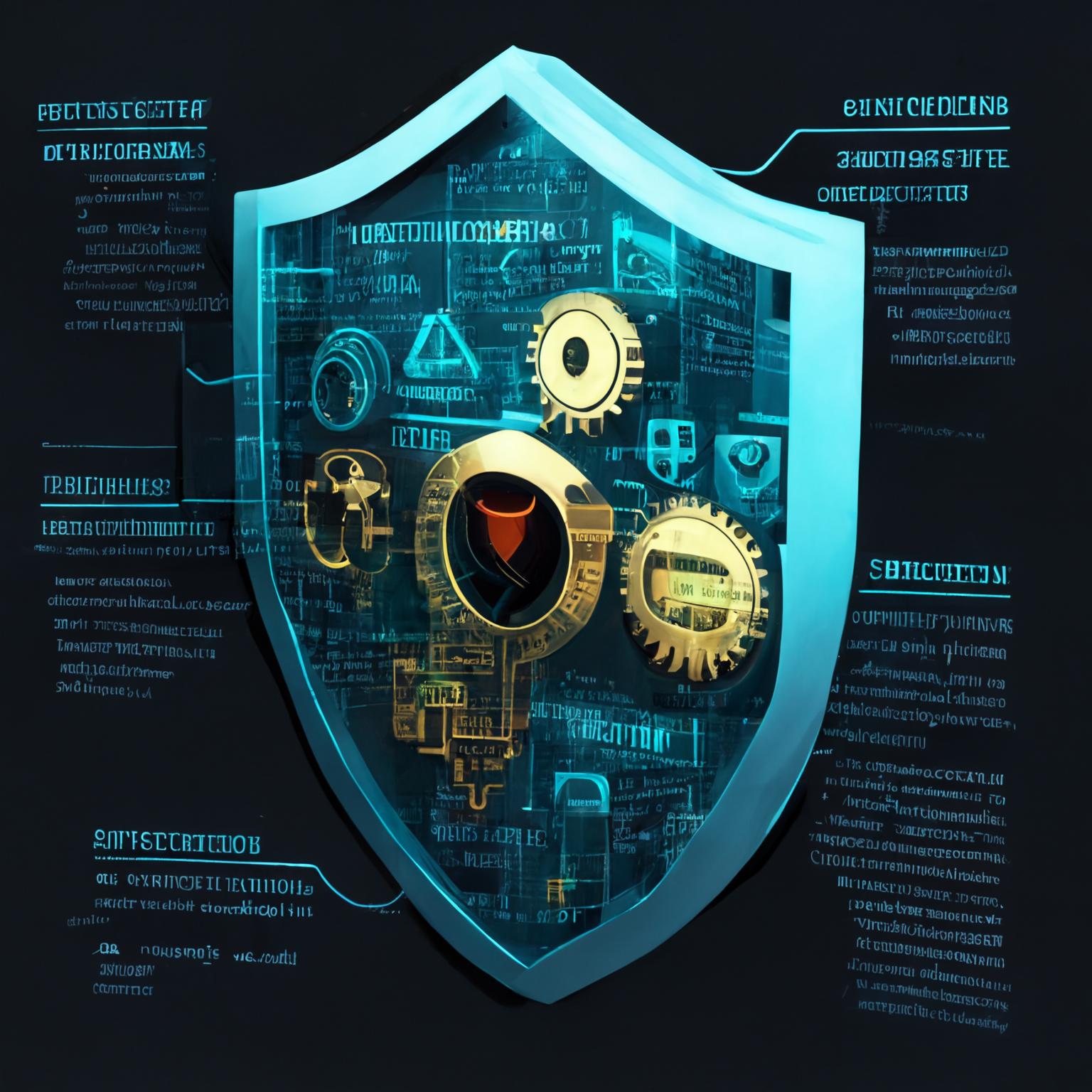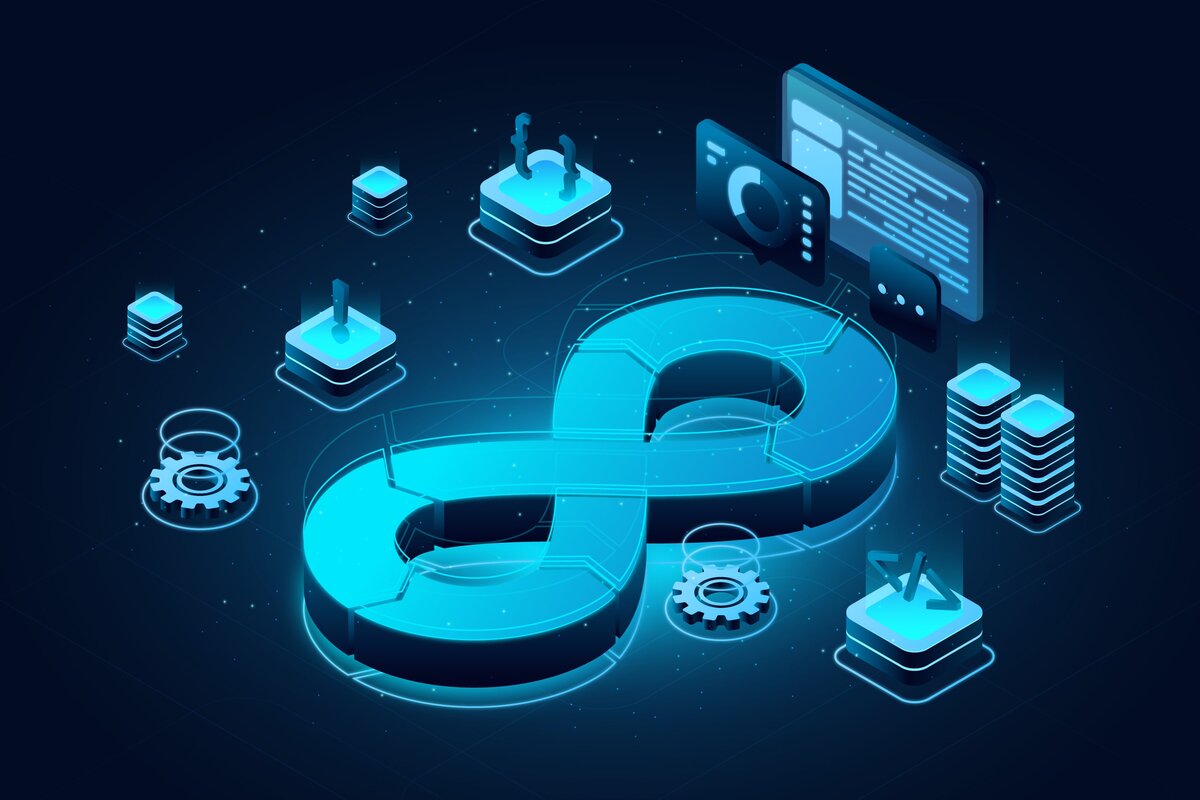Infrastructure Security: A complete introduction
Introduction
Infrastructure security is a critical aspect of protecting an organization’s assets and ensuring the availability, integrity, and confidentiality of data. It involves the implementation of security measures to protect the physical and virtual components of an organization’s infrastructure such as servers, networks, and applications. In this blog post, we will explore the key aspects of infrastructure security and the measures organizations can take to protect their infrastructure.

Aspects of Infrastructure Security
One of the most important aspects of infrastructure security is access control. This refers to the process of granting or denying access to infrastructure based on user credentials and other factors. Access control can be implemented through various methods, such as usernames and passwords, biometric authentication, and two-factor authentication. This can help prevent unauthorized access to infrastructure and protect sensitive information. Additionally, organizations can implement network segmentation, which helps to control access to specific areas of the network and limit the spread of a potential breach.
Another important aspect of infrastructure security is security monitoring. This refers to the process of collecting, analyzing, and interpreting security-related data to detect and respond to potential threats. Organizations can implement various security monitoring tools, such as intrusion detection systems (IDS) and security information and event management (SIEM) systems, to detect and respond to potential threats. These tools can also be used to identify patterns of suspicious activity and anomalies that may indicate a security incident.
Firewalls are another important aspect of infrastructure security. Firewalls are a type of security software that act as a barrier between a network and the internet. They can be used to block unauthorized access and protect against cyber-attacks. Firewalls can be implemented in various forms, such as hardware firewalls, software firewalls, and cloud-based firewalls. These can help to control access to data and prevent unauthorized access. Additionally, organizations can implement virtual private networks (VPNs) to securely connect remote workers and other third-parties to the organization’s network.
Another important aspect of infrastructure security is vulnerability management. This refers to the process of identifying, assessing, and mitigating vulnerabilities in an organization’s infrastructure. Organizations can use various tools, such as vulnerability scanners, to identify vulnerabilities in their infrastructure. Once vulnerabilities have been identified, organizations can take steps to mitigate them, such as applying software patches or configuring security settings. Additionally, organizations can implement a comprehensive security patch management program to ensure that all systems are up-to-date with the latest security patches.
Infrastructure security also includes disaster recovery and business continuity planning. Disaster recovery refers to the process of restoring data in the event of a disaster, while business continuity planning refers to the process of ensuring that the organization can continue to operate in the event of a disaster. Organizations should have a plan in place for data backup and disaster recovery, including regular backups and testing of recovery procedures. Additionally, organizations should also have a business continuity plan in place that outlines the steps to be taken in the event of a disaster, to ensure that the organization can continue to operate.
Another important aspect of infrastructure security is incident response. This refers to the process of identifying, responding to, and recovering from security incidents. Organizations should have a plan in place for incident response that includes identifying potential incidents, responding to them, and recovering from them. This plan should include procedures for incident identification, escalation, and notification. Additionally, organizations should have a team in place that is responsible for incident response and recovery, and they should be trained on the incident response plan and procedures.
Finally, organizations should also consider implementing security compliance regulations such as PCI DSS, ISO 27001, and SOC 2. These regulations set standards for data protection and security, and organizations must comply with them to protect sensitive information and avoid penalties. For example, PCI DSS is a set of standards for protecting credit card information and it applies to organizations that accept credit card payments. ISO 27001 is an international standard that outlines a framework for managing sensitive information. SOC 2 is a set of security standards for service providers, which focus on protecting the confidentiality, integrity and availability of customer data.
Conclusion
In conclusion, infrastructure security is a critical aspect of protecting an organization’s assets and ensuring the availability, integrity and confidentiality of data. Organizations must take steps to protect their infrastructure from unauthorized access, use, disclosure, disruption, modification, or destruction. This includes implementing access control, security monitoring, firewalls, vulnerability management, disaster recovery and business continuity planning, incident response, employee education and awareness and compliance with regulations. By taking these steps, organizations can ensure the security of their infrastructure and protect it from cyber-attacks and other threats.
Still Curious: Visit Utkarsh Shukla Website
Checkout my Interviews at “Professionals Unplugged”
Check out the Nerdy Community at NerdyBio
For more interesting Blogs Visit- Utkarsh Shukla Blogs
Add Comment
You must be logged in to post a comment.








